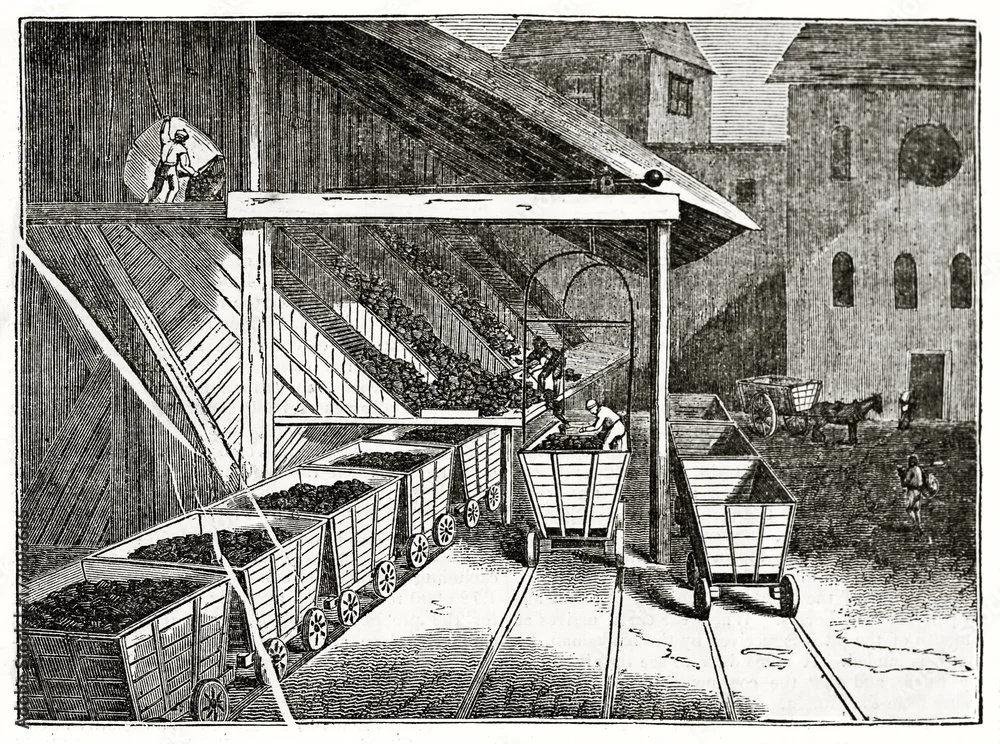Since the Industrial Revolution, humans have released over 1.5 trillion tonnes of carbon dioxide (CO₂) into the atmosphere. Although Earth’s natural systems like forests and oceans absorb some of this CO₂, they can’t keep up with the amount being emitted. As a result, a significant portion remains in the atmosphere, trapping heat and raising global temperatures.
Even if we stopped emitting CO₂ today, the CO₂ already in the air would continue to affect the climate for thousands of years. Carbon dioxide removal offers a way to address some of these historical emissions by pulling them out of the atmosphere. This could help limit long-term warming and avoid the worst impacts of climate change.
-
Although carbon dioxide (CO₂) is not the only greenhouse gas that contributes to climate change, the term historical emissions often refers to the total amount of CO₂ humans have emitted since the Industrial Revolution. This is because CO₂ is the dominant driver of long-term climate change.
To understand the effect of historical emissions, we need to consider Earth’s natural carbon sinks, such as forests, oceans, soil and wetlands. These sinks absorb carbon dioxide (CO2) as part of the natural carbon cycle. For example, plants remove CO₂ from the atmosphere through photosynthesis. However, humans have emitted so much CO₂ since the Industrial Revolution that these carbon sinks cannot absorb it all, resulting in large remaining volumes of CO₂ that trap heat and affecting the climate.
If you had a credit card debt for years without making any payments, your debt wouldn’t disappear — even if you stop spending today. The past debt would continue impacting your financial life by adding interest. Historical emissions are like that debt. Even though there were carbon emissions released decades or even centuries ago, much of it remains today because they haven’t been absorbed by natural systems. They continue trapping heat in the atmosphere, contributing to higher global temperatures.
For example, for each 100 tonnes of CO2 emitted a century ago, around 60% will have been absorbed into the ocean or incorporated into biomass by today, while the remaining 40% remains in the atmosphere. It will take many thousands of years for this remainder to be removed through natural processes. This means that even if we stop emitting CO₂ today, past emissions will continue contributing to a higher, albeit steady, temperature while sea levels would continue to rise.
Before the Industrial Revolution, CO2 in the air in the past 10,000 years had stayed relatively consistent between 260 and 280 parts per million (ppm). Natural carbon sources emitted CO2 at roughly the same rate that natural carbon sinks could absorb it. By 2024, it had reached 422 ppm, the highest recorded concentration in human history. Since the Industrial Revolution, humans have released over 1.5 trillion tonnes of CO2, overwhelming natural carbon sinks.
Just as interest on debt increases the total balance if payments are below the monthly amount necessary to reduce the debt, historical emissions continue to raise global temperatures because carbon sinks alone cannot absorb them at the required rate.
CDR can directly address historical emissions by removing them from the atmosphere. By doing so, it can help tackle this growing debt to avoid the worst impacts of climate change.
It may also be the case that we cannot, or choose not to, completely eliminate CO2 (and other greenhouse gas) emissions. As an example, it may be impossible to eliminate methane (CH4) and nitrous oxide (N2O) emissions from agriculture (e.g. livestock and rice cultivation) and we may choose to continue to use petroleum-based jet fuel for long-haul aviation. While potentially costly, CDR could be used to offset these emissions.
Last Edited - Sept. 20, 2025

